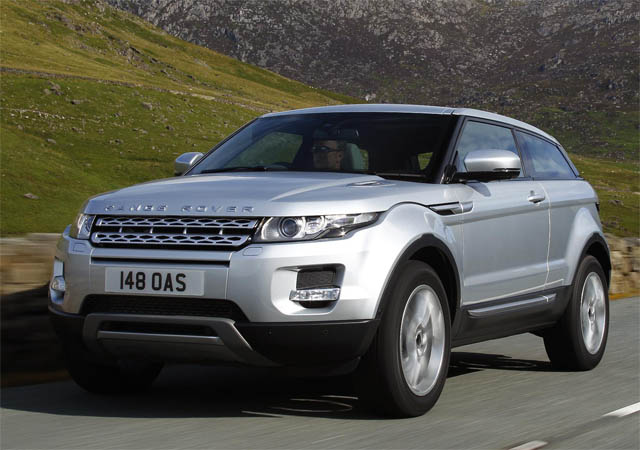
The stunning original: the Range Rover Evoque.
There has been a lot of ongoing press about Landwind’s copy of the Range Rover Evoque, one of my favourite Sloane Ranger SUVs. There’s no way Landwind would have come up with its X7 design independently, and, if put before most occidental courts, there would be a finding in favour of the Indian firm.
People are right to be upset, even in China, which has plenty of firms these days that spend millions on developing a new car and hiring the right talent. The days of SEAT Ibiza and Daihatsu Charade rip-offs are not completely gone, but if you read the Chinese motoring press, the journalists there are as condemning of copies as their colleagues everywhere else.
While there have been firms that have gone from legitimate licensing to copying (e.g. Zotye and Yema), the reverse has tended to be the case in the Middle Kingdom.
The latest article on the Landwind X7 appears in Haymarket’s Autocar, a magazine I’ve taken since 1980. I think Autocar is being overly cautious by putting copy in quotation marks in its headline.
Landwind has maintained that it’s had no complaints from Jaguar Land Rover, while JLR CEO Ralf Speth says he will complain. Considering it’s been five years since the Evoque was launched, and news of the copy, and Landwind’s patent grant from 2014, has been around for a while, then saying you will complain in 2015 seems a little late.
In fact, it’s very late. What surprises me is that this is something already known in China. As I understand it, a firm that shows a product in China at a government-sponsored show, if it wishes to maintain its “novelty” and prevent this sort of piracy from taking place, must register it within six months, under article 24 of China’s patent law:
Within six months before the date of application, an invention for which an application is filed for a patent does not lose its novelty under any of the following circumstances:
(1) It is exhibited for the first time at an international exhibition sponsored or recognized by the Chinese Government;
(2) It is published for the first time at a specified academic or technological conference; and
(3) Its contents are divulged by others without the consent of the applicant.
The Evoque was shown at Guangzhou at a state-sanctioned motor show in December 2010, which meant that Jaguar Land Rover had until June 2011, at the outside, to file this registration. JLR reportedly missed the deadline, with the patent office receiving the application on November 24, 2011.
The consequence of missing the period is that an original design becomes an “existing design”. While it’s not entirely the end of the road for Jaguar Land Rover in terms of legal remedies, it is one of the quirks of Chinese intellectual property law, which, sadly, is not as geared to protecting authors as it is in the west.
If Jaguar Land Rover filed an opposition to Landwind’s 2013 patent application, then Landwind can point to article 62 of the same law: ‘In a patent infringement dispute, if the accused infringer has evidence to prove that the technology or design exploited is an existing technology or design, the exploitation shall not constitute a patent right infringement.’
I’m not arguing that this is right, nor do I condone the X7, but you wonder why JLR hasn’t taken action. The above may be why JLR has stayed silent on the whole affair.
This is why I read nothing on any action being taken by JLR when the Landwind was first shown, when a patent was granted (a year ago this month), or when the X7 was last displayed at a Chinese motor show, before this month’s Shanghai show, in November 2014.
Land Rover has traditionally been swift in taking on copycats, and it had fought Landwind’s EU trade mark registration in 2006. Landwind, which has a connection to previous Land Rover owner Ford, is known to them.
For now, Jaguar Land Rover’s trouble with its patent registration has yet to make it into the western media, at least till this piece. It really needs to be asking its lawyers some serious questions.—Jack Yan, Publisher
An earlier version of this piece appeared on Jack Yan’s personal blog.
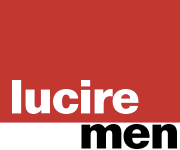

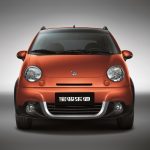

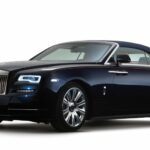


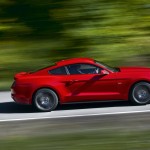
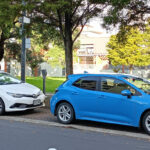
Leave a Reply